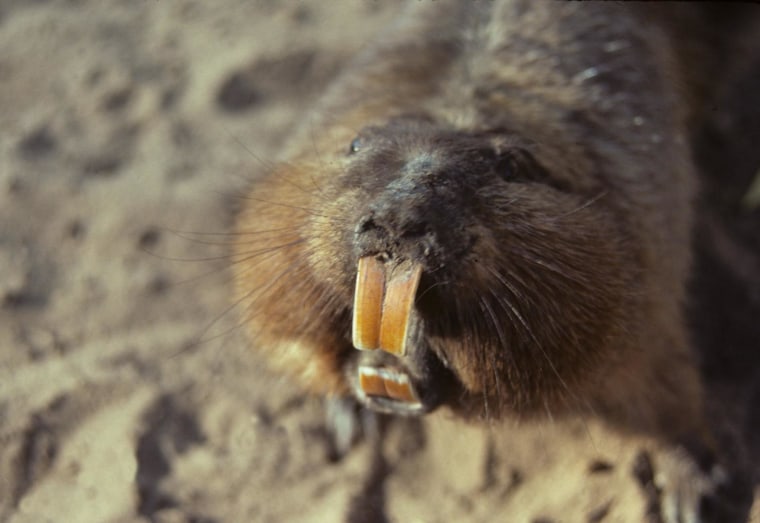Researchers working in Bolivia recently discovered four new species of tuco-tuco, a small, gopher-like rodent named for its distinct vocalizations. Previously, scientists thought only eight species of this adorable critter lived in Bolivia, and so the new discovery brings that number up to 12.
Sign up for Science news delivered to your inbox
Identifying a new species of mammal is very rare, which makes the discovery of four new species of tuco-tuco something truly exceptional, said Scott Lyell Gardner, director of the H.W. Manter Laboratory of Parasitology at the University of Nebraska-Lincoln, who led the team in their research on the new species.
"In the current environment of human-caused environmental disturbance and degradation, the discovery of four previously unknown species that are relatively large in size is phenomenal," Gardner said in a statement.
Tuco-tucos live underground, in extensive networks of burrows, used for nesting and storing food. The rodents are typically between 7 and 12 inches (18 to 30 centimeters) long and weigh less than a pound (0.5 kilograms) each. They communicate with one another through a series of short, but surprisingly loud, "tuc-tuc" sounds, hence their unusual name. [Images: 4 Tuco-Tuco Species Discovered in Bolivia]
Gardner and his team found all of the new species in the lowlands and central valleys of Bolivia, a region known for its biological diversity.
Three of the newly identified species — Ctenomys erikacuellarae, Ctenomys andersoni and Ctenomys lessai — were found in an area of Bolivia with a unique landscape. The region is scattered with high ridges, which were formed by the same geological pressure that pushed up the nearby Andes Mountains.
These ridges, along with the deep river valleys running between them, keep tuco-tuco groups isolated from one another. This isolation led to the evolution of distinct species of the rodent within the different valleys, the researchers said.
-- Elizabeth Palermo, Live Science
This is a condensed version of a report from Live Science. Read the full report. Follow Elizabeth Palermo on Twitter @techEpalermo, Facebook or Google+. Follow Live Science @livescience,Facebook & Google+.
- Extreme Life on Earth: 8 Bizarre Creatures
- The 12 Weirdest Animal Discoveries
- Photos: Best Wild Animal Selfies
Copyright 2014 LiveScience, a TechMediaNetwork company. All rights reserved. This material may not be published, broadcast, rewritten or redistributed.
